California Native Plant Week
It’s California Native Plant Week and I’m profiling a different California native each day that is on my particular wish list. If you live in an area considered Mediterranean, you’ll be able to grow these, too. Today, Wednesday, is for the ‘Shasta’ Sulfur Flower.
In Hardy Californians: a woman’s life with native plants by Lester Rowntree, she says,
“The type Erigonum umbellatum does for the rock garden what the Pompom chrysanthemum does for a perennial border.”
Buckwheat is probably the most under appreciated of all native California flowers, yet with 70 or so varieties there are enough shapes, sizes and colors to fit most uses in the garden at home. Shasta Buckwheat, Erigonum umbellatum is one of the best and easiest to find in native nurseries.
Shasta Buckwheat is a very compact, low growing buckwheat, with bright yellow sulfur or lemon colored flowers. It likes good drainage and can live easily in a gravel garden. The soil can be poor as long as it drains well and so is perfect for rock gardens or for a ground cover. Deer do not pay it any mind. It is hardy to 20 degrees F and can tolerate our hot dry summers with little water.
The Shasta buckwheat I have is low growing about 10 inches high and twice as wide and spreading. It reliably flowers, covering itself in lemon yellow by the middle of May, blooms for a solid month and the flowers turn rusty and remain perky and upright until they bother you enough to trim them off. The trimming is easily done as the flowers hold themselves at a uniform distance above the foliage.
The grey-green leaves are round, sturdy and fine textured and the plant looks attractive even when not in bloom. The leaves have silvery cupped edges and whitish reverse sides.
My local native and Mediterannean nursery, 30 miles away in Prather, CA, is Intermountain Nursery owned by Bonnie Bladen and Ray Laclergue. They have a great website that also includes an availability list of plants they sell. If I look, I can see that they also carry these Erigonums worth trying: Calif. Buckwheat, Eriogonum fasciculatum, Red Buckwheat, Eriogonum grande rubescens, Nude Buckwheat, Eriogonum nudum, Wright’s Buckwheat, Eriogonum wrightii.
The flowers take on a rusty-green color and open to a floppy pompom shape later in the summer. It would be interesting to try propagating this buckwheat and trying others if they’re going to be this easy and useful in the Mediterannean garden.
Erigonums, in general, are nectar plants for butterflies, specifically Tailed Copper, American Painted Lady, Common Buckeye, Marine Blue and Gray Hairstreak. Many types of pollinators visit California buckwheat, including bees, flies, butterflies, and moths. It’s no surprise that bee keepers highly value this plant, so if you see stacks of honeybee boxes assembled near hillsides of California Buckwheat, they may have been placed there on purpose.
California buckwheat makes a good companion for mounding shrubs such as manzanitas, ceanothus, and bush monkey flower, any where that a bit of yellow will do. Since my one experimental plant has been so steady and predictable, so invisible to deer, I am determined to use it more to add spots of color around my other natives.
I will follow Las Pilitas Nurseries’ advice:
“Mix with Penstemon heterophyllus or Margarita BOP and Zauschneria species for extended color. Mix the three together and you can get flowers from April through December. Throw a few non-native bulbs (Tulips or Daffodils) in there and the flowering goes from Jan through Dec. with a few hiccups here and there.”
What’s better than that?
Notes: How are these buckwheats similar to or different from the buckwheat of which pancakes are made? Edible buckwheat is from the same plant family, Polygonaceae, as the sulfur flower, but is a crop, actually considered a pseudocereal, to distinguish it from the wheat family. Other pseudocereals are quinoa, chia and amaranth.
All about California Native Plant Week
Butterfly photos from WikipediaCommons

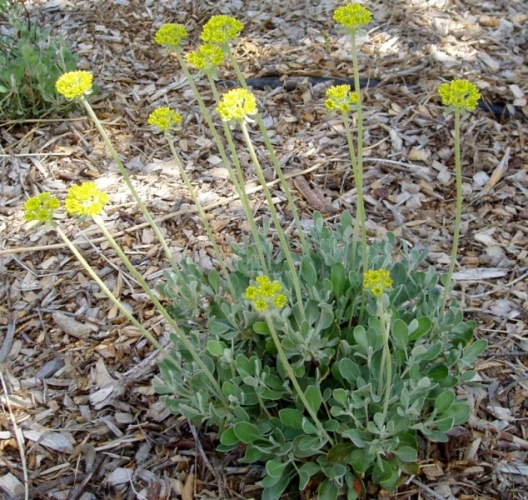
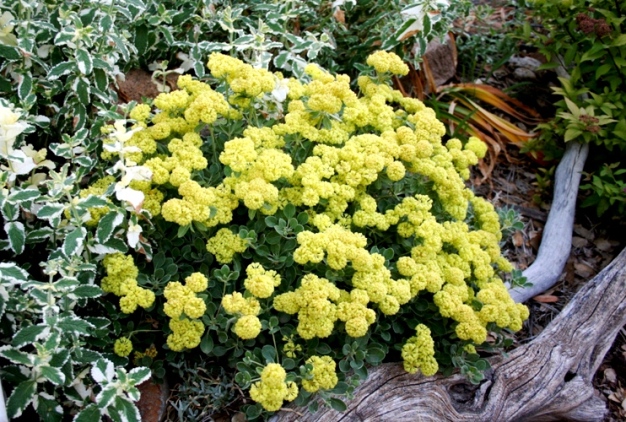

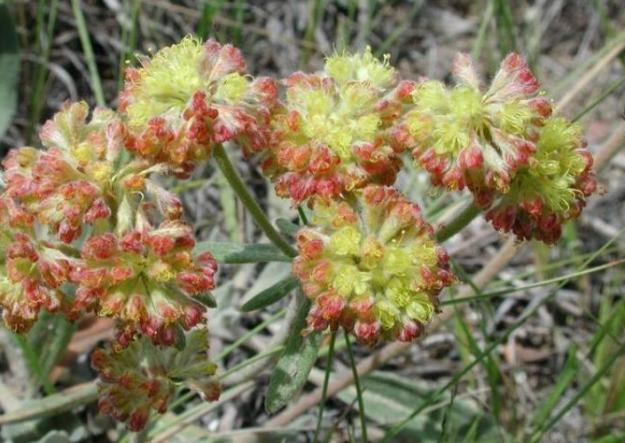
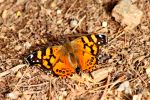
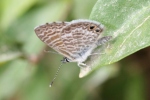
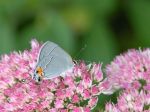
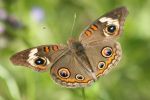
10 comments